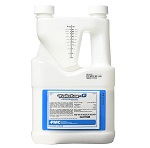Demand CS vs Talstar P
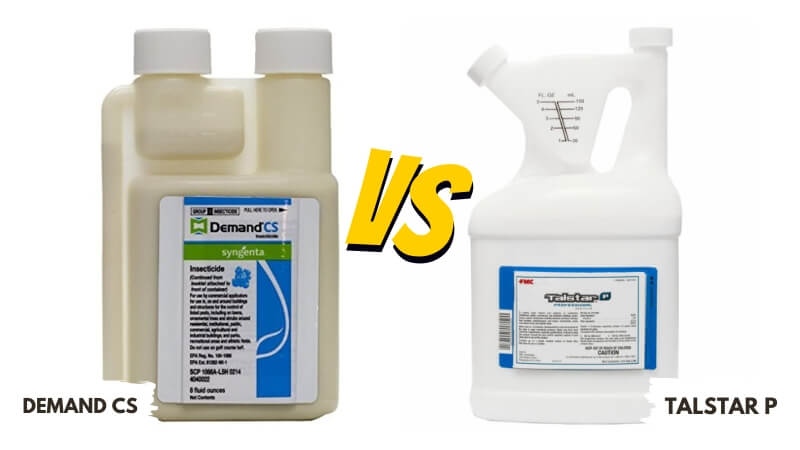
Demand CS and Talstar P are two popular insecticide products used for indoor and outdoor pest control. While both provide adequate control for a variety of pests, there are some critical differences between the two formulations.
Talstar Vs Demand CS Table
This table provides a quick and easy way to compare the differences between options.
The main difference between Demand CS and Talstar P is that Demand CS utilizes microencapsulated technology to provide long residual control.
At the same time, Talstar P contains a repellent active ingredient bifenthrin to provide quick control and prevention of pest trails.
Active Ingredients
The active ingredient in Demand CS is Lambda-cyhalothrin at 9.7%, a pyrethroid that causes insect paralysis by targeting the central nervous system.
Talstar P contains 7.9% Bifenthrin, another pyrethroid insecticide that works by attacking the nervous system of insects.
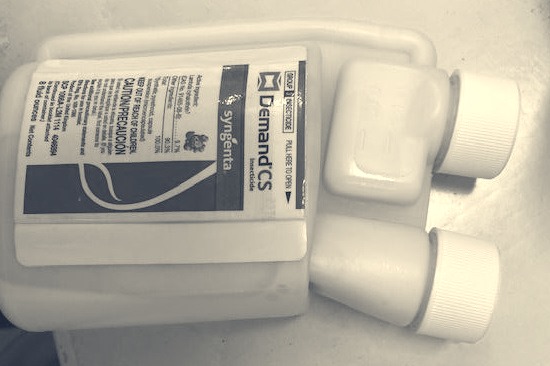
Formulations
Demand CS features a water-based, microencapsulated formulation that allows it to bind to surfaces and provide extended residual control. Talstar P is a liquid concentrate that can be diluted with water for application.
Target Pests
Both products are broad-spectrum insecticides effective against a wide variety of common pests. Demand CS controls over 30 insects like ants, bed bugs, roaches, mosquitoes, and more. Talstar P works on over 75 pests including termites, ticks, spiders, and fleas.
Application Areas
Demand CS and Talstar P can be used in similar indoor and outdoor locations, including lawns, trees, buildings, and food-handling establishments, when following application guidelines.
How They Work
The microencapsulation in Demand CS allows it to leave behind insecticidal droplets that offer rapid knockdown and residual control when pests come into contact during and after application. Talstar P is a repellent insecticide that creates a chemical barrier to quickly prevent pests from returning after application.
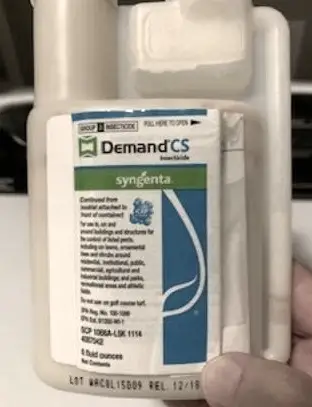
Residual Control
Demand CS provides up to 90 days of residual control. Talstar P also offers long-lasting residual activity, protecting treated areas for up to 3 months.
Odor & Staining
Neither product leaves a significant odor or creates stains when applied properly at labeled dilution rates. Both are considered low-odor formulations.
Mixing Rates
Demand CS mixes 0.2 to 0.8 oz of product per gallon of water. Talstar P mixes at a rate of 0.5 to 1 oz per gallon of water, depending on the pest and application.
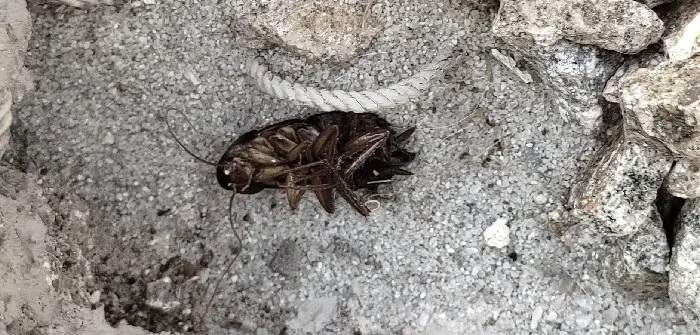
Pet Safety
Both products are labeled as safe for use around pets when mixed, applied, and dried completely according to label directions to allow residues to be set.
Quick Knockdown
Demand CS is known for providing rapid knockdown of pests after contact with treated surfaces. Talstar P works quickly by repelling pests but is not an instant knockdown agent.
Labeling
Demand CS and Talstar P both include directions for use in food handling areas like restaurants and cafeterias, making them suitable options for commercial kitchens.
Our Observation
After comparing Demand CS and Talstar P, it is clear both products offer effective insect control through different formulations. For pest professionals needing quick knockdown and residual activity, Demand CS would seem to be the superior choice.
However, Talstar P’s repellency prevents pest trails, giving it an advantage in certain situations. While both can be applied indoors and out, Talstar P may be preferred for outdoor/perimeter treatments, while Demand CS excels indoors.
Ultimately, the pest situation and technician preference will determine which product is the best fit for the job at hand. Both remain go-to solutions for pest management pros.

James E. Butkovich, Pest control maven with a knack for eco-friendly & Chemical solutions. Blogger with a mission to make homes pest-free, one post at a time.

